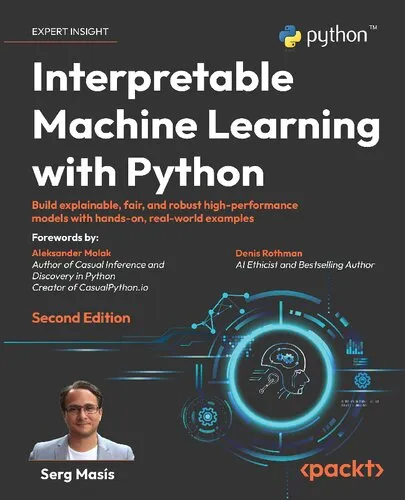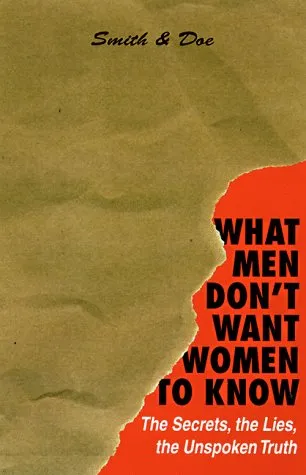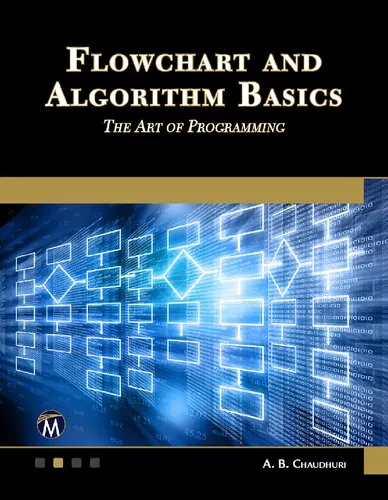From classical to quantum mechanics: formalism, foundations, applications
4.0
Reviews from our users

You Can Ask your questions from this book's AI after Login
Each download or ask from book AI costs 2 points. To earn more free points, please visit the Points Guide Page and complete some valuable actions.Related Refrences:
Introduction to "From Classical to Quantum Mechanics: Formalism, Foundations, Applications"
"From Classical to Quantum Mechanics: Formalism, Foundations, Applications" is a comprehensive work authored by Giampiero Esposito, Giuseppe Marmo, and George Sudarshan. This book provides a detailed exploration of the mathematical and conceptual foundations of quantum mechanics and its seamless transition from classical mechanics. Its lucid exposition and rigorous treatment cater to advanced students, researchers, and anyone looking to delve deeper into the interplay between classical and quantum paradigms and their applications in modern physics.
The text does not simply present the standard quantum mechanics syllabus; it goes further by exploring the philosophical and formal underpinnings of the subject. Readers will uncover how the mathematical structures of classical mechanics naturally evolve into the quantum realm. With its holistic approach, this book is indispensable for those aiming to gain a thorough understanding of one of the most important paradigm shifts in physics.
Detailed Summary of the Book
The book begins by setting the stage for the classical mechanics framework, introducing essential mathematical tools like symplectic geometry, Poisson brackets, and Hamiltonian mechanics. These concepts serve as the foundation for understanding the trajectory of particles, the dynamics of systems, and the deterministic world view that classical physics offers.
The narrative then shifts towards the limitations of classical mechanics, paving the way for the quantum revolution. Here, the authors explore fundamental experimental discrepancies that classical mechanics fails to address, such as the ultraviolet catastrophe, the photoelectric effect, and the stability of atoms. The formulation of quantum mechanics is then introduced, emphasizing the transition from determinism to probability.
The mathematical formalism of quantum mechanics is meticulously developed in the subsequent chapters, covering topics like wavefunctions, operators, Hilbert space, commutation relations, and the uncertainty principle. The authors also dive deep into the philosophical underpinnings of quantum mechanics, examining concepts like measurement, superposition, and entanglement.
Applications of quantum mechanics are laid out in the latter parts of the book, with discussions on quantum field theory, particle physics, and modern quantum technologies. Throughout the text, the authors provide historical insights, illustrating how key figures like Planck, Bohr, Heisenberg, and Schrödinger contributed to the development of the field.
Key Takeaways
- Gain a thorough understanding of the formal relationship between classical mechanics and quantum mechanics.
- Master essential mathematical tools, including symplectic geometry, Hamiltonian mechanics, and Hilbert space theory.
- Understand the philosophical and conceptual shifts required to transition from classical to quantum paradigms.
- Explore real-world applications of quantum mechanics in fields such as atomic physics, condensed matter, and quantum computation.
- Learn the historical and experimental background that led to the birth of quantum mechanics.
Famous Quotes from the Book
"Quantum mechanics did not render classical mechanics obsolete; rather, it breathed new life into it, elevating it to a framework that coexists with its quantum counterpart."
"The universe, at its core, behaves not as a deterministic clock but as a canvas of probabilistic possibilities."
"To understand quantum mechanics, one must first appreciate where classical mechanics succeeds—and where it falls short."
Why This Book Matters
"From Classical to Quantum Mechanics" is not merely a textbook; it’s a voyage through the intellectual evolution of physics. This book bridges the gap between classical and quantum mechanics, providing readers with both the mathematical rigor and conceptual clarity required to appreciate the deep connections between these two realms.
In a world increasingly reliant on quantum technologies, having a strong foundation in the principles of quantum mechanics is indispensable. This book equips readers with a profound understanding of the subject, preparing them for both academic research and real-world applications. Moreover, its treatment of the historical, philosophical, and formal dimensions of quantum mechanics is unparalleled, making it an essential read for physicists, mathematicians, and philosophers alike.
By integrating formalism with foundations and applications, the authors provide readers with a holistic perspective that transcends standard treatments of the subject. This balance ensures that readers not only learn the "how" but also the "why" behind quantum mechanics, fostering a deeper appreciation for this cornerstone of modern science.
Free Direct Download
You Can Download this book after Login
Accessing books through legal platforms and public libraries not only supports the rights of authors and publishers but also contributes to the sustainability of reading culture. Before downloading, please take a moment to consider these options.
Find this book on other platforms:
WorldCat helps you find books in libraries worldwide.
See ratings, reviews, and discussions on Goodreads.
Find and buy rare or used books on AbeBooks.
1092
بازدید4.0
امتیاز0
نظر98%
رضایتReviews:
4.0
Based on 0 users review
Questions & Answers
Ask questions about this book or help others by answering
No questions yet. Be the first to ask!
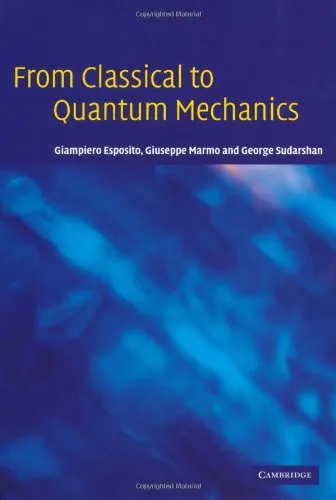

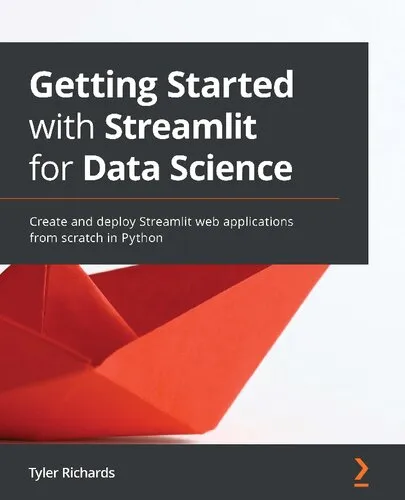


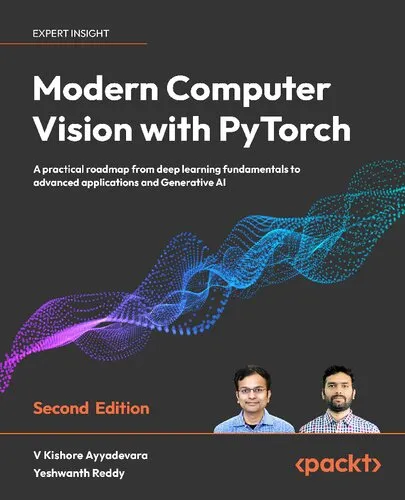
![The Ultimate iOS Interview Playbook: Conquer Swift, frameworks, design patterns, and app architecture [Team-IRA]](https://s3.refhub.ir/images/thumb/The_Ultimate_iOS_Interview_Playbook__Conquer__29925.webp)

